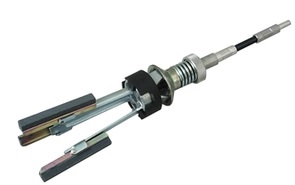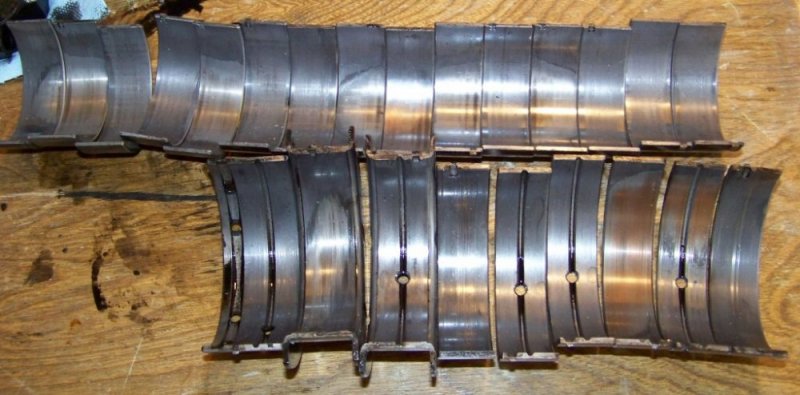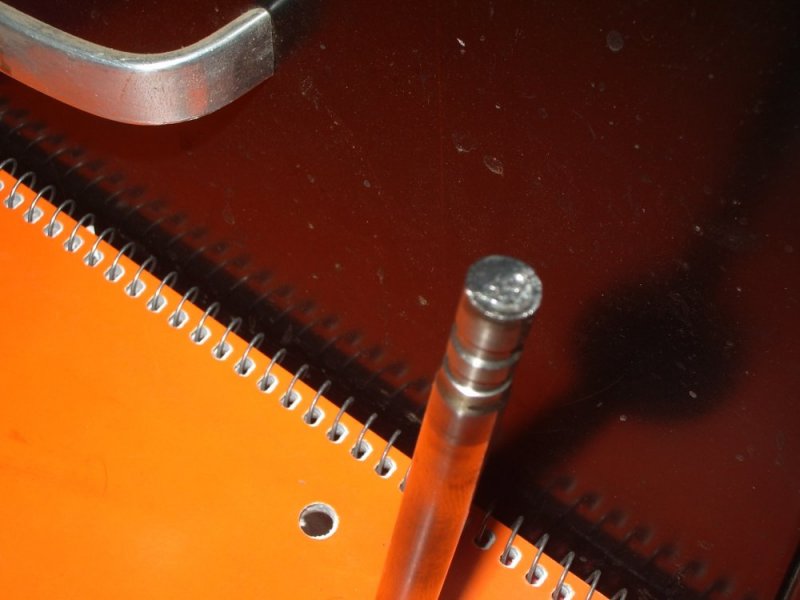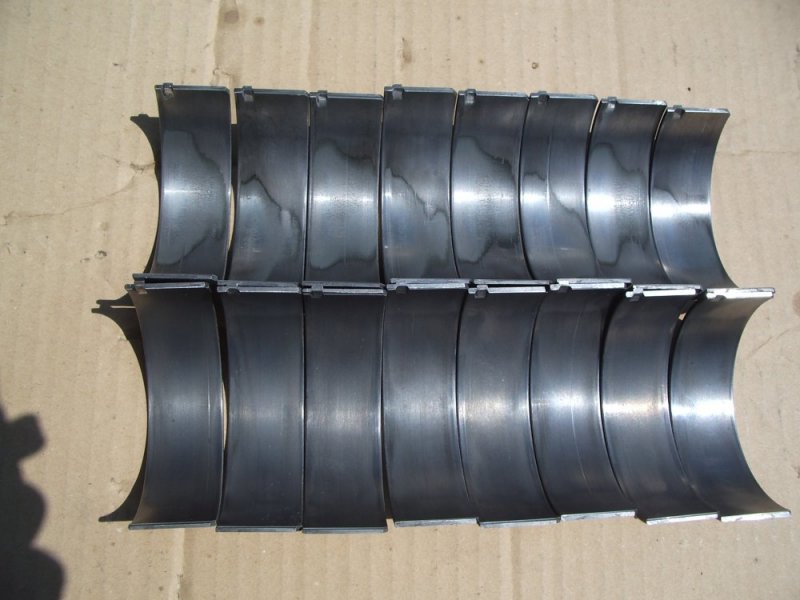When I do my engines I don't bother doing head work - I couldn't afford it anyway at the time credit or otherwise. Valves and guides were ok in the stuff I used except when it ate the worm clamp. Then I tossed those heads and slugs. Again check them over and decide if you need to spend money on them.
These engines are select fit with D and C being different size pistons. I didn't exactly bother with it on replacement slugs for my 6.2. They are all "D" size.
I wouldn't do more than inspect the rod bearings and cam bearings. Leave the main bolts alone if you can. Yes, drop a towel at the bottom of the cylinder when you deglaze and clean it. Cracks have relived the stress so the theory is if you remove and re-torque the main caps you have new stress on the cracks or crack area. I have ~30K on a cracked block that I should have thrown away in my 1993. YMMV.
The pushrods on my project engine don't have dimples. Supposed to have a different color on the rocker end as I recall.
These engines are select fit with D and C being different size pistons. I didn't exactly bother with it on replacement slugs for my 6.2. They are all "D" size.
I wouldn't do more than inspect the rod bearings and cam bearings. Leave the main bolts alone if you can. Yes, drop a towel at the bottom of the cylinder when you deglaze and clean it. Cracks have relived the stress so the theory is if you remove and re-torque the main caps you have new stress on the cracks or crack area. I have ~30K on a cracked block that I should have thrown away in my 1993. YMMV.
The pushrods on my project engine don't have dimples. Supposed to have a different color on the rocker end as I recall.




